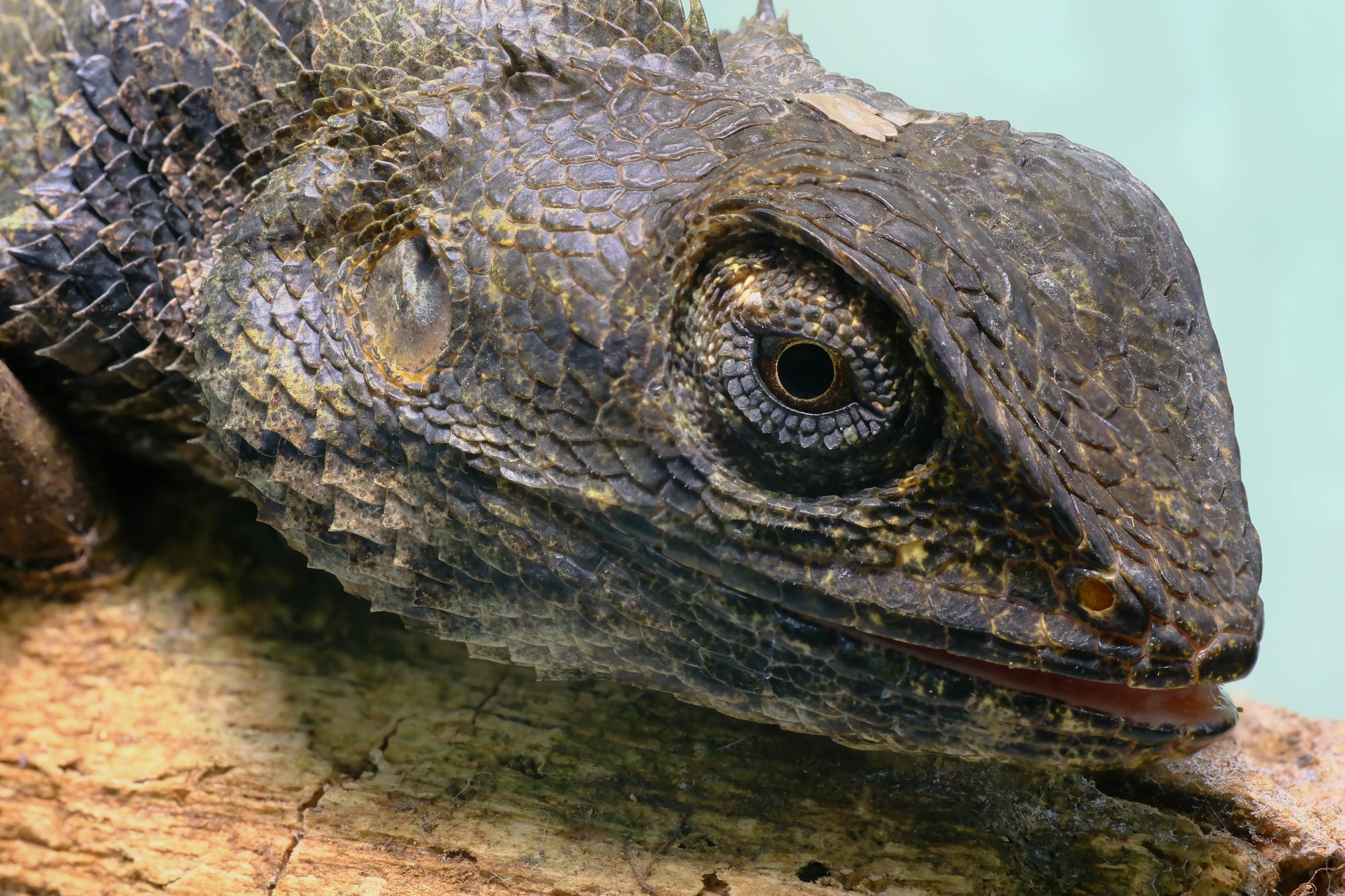Nature is full of breathtaking wonders, but some ecosystems stand out for their rarity and uniqueness. These hidden gems, scattered across the globe, are home to extraordinary species and landscapes found nowhere else on Earth. From underwater marvels to remote terrestrial paradises, these ecosystems are vital to biodiversity and ecological balance. Join us as we explore the world’s most unique and rare ecosystems—hidden wonders that remind us of nature’s incredible diversity.
The Enigmatic Socotra Island: A Living Laboratory
Located off the coast of Yemen in the Arabian Sea, Socotra Island is often called the “Galápagos of the Indian Ocean” due to its unparalleled biodiversity. Nearly 37% of its plant species are endemic, meaning they exist nowhere else on Earth. The island’s surreal landscape is dotted with the iconic Dragon’s Blood Tree, whose umbrella-like canopy and crimson sap make it a botanical wonder.
Why Socotra Is Unique
- Endemic Species: Over 700 rare plants, birds, and reptiles call Socotra home.
- Geological Isolation: The island’s separation from mainland Africa for millions of years has allowed unique evolution.
- Cultural Heritage: Socotra’s indigenous people have preserved traditional ways of life, adding to its mystique.
Despite its ecological importance, Socotra faces threats from climate change and human activity, making conservation efforts crucial.
The Mysterious Movile Cave: A Subterranean Ecosystem
Deep beneath Romania lies Movile Cave, an underground world untouched by sunlight for over 5.5 million years. Discovered in 1986, this cave hosts a self-sustaining ecosystem fueled by chemosynthesis—a process where bacteria convert toxic gases into energy. The air here is thick with hydrogen sulfide and carbon dioxide, yet life thrives in the darkness.
Life in the Darkness
- Unique Species: Over 50 endemic creatures, including blind spiders, colorless scorpions, and water-dwelling leeches.
- Closed Ecosystem: No external energy sources enter the cave, making it a rare example of a self-contained food web.
- Scientific Importance: Studying Movile helps scientists understand how life might survive in extreme environments, even on other planets.
Access to Movile Cave is highly restricted to protect its fragile ecosystem, but its discoveries continue to astound researchers.
The Breathtaking Sundarbans: Where Land Meets Water
Straddling India and Bangladesh, the Sundarbans is the world’s largest mangrove forest and a UNESCO World Heritage Site. This labyrinth of tidal waterways, mudflats, and islands is a sanctuary for the elusive Bengal tiger, which has adapted to swim in the brackish waters. The Sundarbans is also a critical buffer against cyclones and rising sea levels.
Key Features of the Sundarbans
- Biodiversity Hotspot: Home to endangered species like the Irrawaddy dolphin and saltwater crocodile.
- Climate Resilience: Mangroves absorb carbon dioxide and protect coastal communities from storms.
- Human-Wildlife Conflict: Tigers occasionally clash with local fishermen, highlighting the delicate balance of coexistence.
Efforts to conserve the Sundarbans are ongoing, but rising salinity and deforestation pose significant challenges.
The Otherworldly Danakil Depression: A Volcanic Wonderland
Located in Ethiopia, the Danakil Depression is one of the hottest and most inhospitable places on Earth. With active volcanoes, bubbling sulfur springs, and neon-colored acid pools, this landscape resembles an alien planet. Temperatures soar above 50°C (122°F), yet extremophile microbes flourish in the scorching conditions.
Why Danakil Is a Geological Marvel
- Extreme Conditions: The depression sits 100 meters below sea level and is one of Earth’s lowest points.
- Unique Microbes: Scientists study the extremophiles here to understand the origins of life.
- Salt Mining: Local Afar people harvest salt from the vast plains, a tradition dating back centuries.
Despite its harshness, the Danakil Depression attracts adventurers and researchers eager to witness its surreal beauty.
The Fragile Tepuis of Venezuela: Sky Islands of Biodiversity
Venezuela’s tepuis are towering flat-topped mountains that rise abruptly from the jungle. These ancient formations, some over 2 billion years old, are isolated ecosystems where unique plants and animals evolve independently. The most famous tepui, Mount Roraima, inspired Arthur Conan Doyle’s novel The Lost World.
Secrets of the Tepuis
- Endemic Wildlife: Species like the Roraima bush toad and carnivorous plants are found nowhere else.
- Pristine Isolation: Many tepuis remain unexplored due to their sheer cliffs and remote locations.
- Cultural Significance: Indigenous Pemon people consider the tepuis sacred.
Conservation is vital to protect these “sky islands” from mining and tourism pressures.
Conclusion
From Socotra’s alien-like flora to the sunless depths of Movile Cave, Earth’s rarest ecosystems are a testament to nature’s resilience and creativity. These hidden wonders not only inspire awe but also play crucial roles in scientific research and biodiversity conservation. As climate change and human activity threaten these fragile environments, protecting them becomes more urgent than ever. By appreciating and safeguarding these unique ecosystems, we ensure that future generations can continue to marvel at the planet’s extraordinary diversity.
